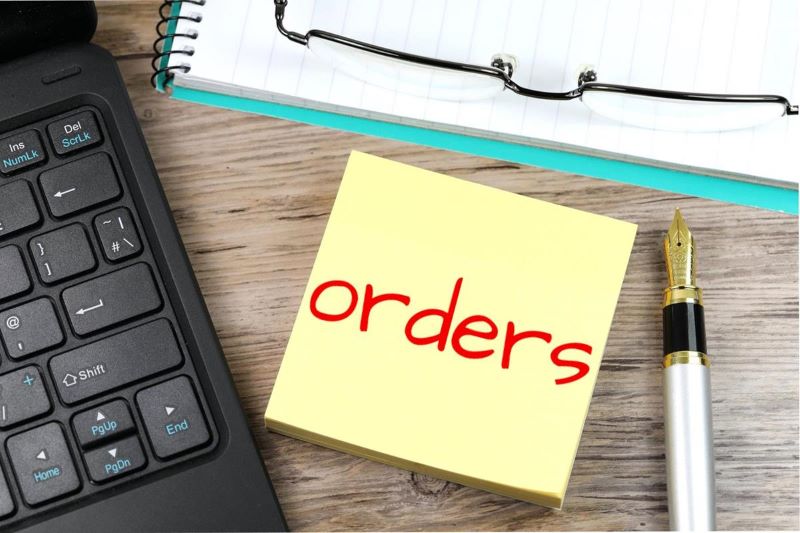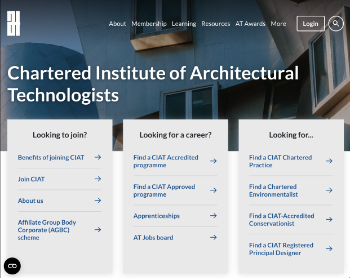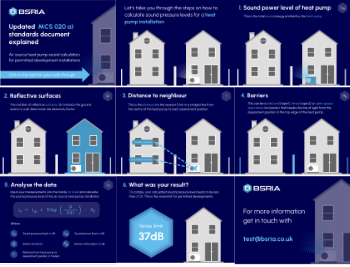Invitation to tender for construction contracts
[edit] What is an invitation to tender?
An invitation to tender (ITT - or sometimes 'invitation to treat') is a formal invitation to make an offer for the supply of goods or services. It might be issued for a range of suppliers, including:
- Equipment or plant supply.
- Product supply.
- Design.
- Trade contractors or works contractors.
- Specialist contractors or suppliers.
- Main construction contractors.
- Demolition or enabling works contractors.
[edit] What happens before an invitation to tender?
Before an invitation to tender is issued, tender documentation needs to be prepared describing what is required, and a list of prospective tenderers compiled who will be invited to tender. This might include an assessment of pre-qualification questionnaires (PQQs) received by the client in response to an advert they have posted, and perhaps a pre-tender interview with prospective tenderers.
The purpose of pre-qualification questionnaires and pre-tender interviews is to produce a shortlist of suppliers who are considered most appropriate for the project and who will then be invited to tender. This avoids time being wasted on both sides, preparing and assessing inappropriate tenders.
[edit] What should an invitation to tender include?
An invitation to tender will include information describing the goods or services required in sufficient detail to enable the tenderer to prepare an accurate tender. It should also describe a standard format for tender submissions so that they are easy to compare.
An invitation to tender might include:
- Letter of invitation to tender.
- Form of tender.
- Preliminaries (including pre-construction information and site waste management plan).
- Form of contract, contract conditions and amendments.
- Employer's information requirements and BIM protocol.
- Tender pricing document (or form of contract sum analysis on design and build projects)
- Drawing schedule.
- Design drawings.
- Prescriptive or performance specifications (on public projects, tender documentation may include an output-based specification rather than prescriptive or performance specifications and drawings).
- Instructions to tenderers explaining the tender process.
- The timescale for the tender process (including the address and time for the return of tenders).
- An explanation of how queries will be dealt with.
- The evaluation process and any evaluation criteria.
- The submission required in response to the invitation to tender.
- Policy in relation to alternative or non-compliant bids.
- Policy for providing feedback to unsuccessful tenderers.
[edit] How should tenderers respond to an invitation to tender?
In response to an invitation to tender, invited tenderers (bidders) will submit their tender, which will include their price for supplying the goods or services along with proposals for how the clients requirements will be satisfied.
The precise content of tenders will vary considerably depending on the procurement route, however they might include:
- A tender return slip, with details of the contract, including information such as return address and tender checklist;
- A completed tender pricing document (or contract sum analysis on design and build projects);
- Schedules of rates;
- An initial construction phase plan;
- Any design proposals or method statements that have been requested;
- Programme;
- Procedures to be adopted, such as procurement procedures and cost management procedures;
- Demonstration of capability, for example design capability, systems used etc;
- A BIM execution plan - if building information modelling is being used;
- Key project personnel, which may require submission of CVs;
- Management organisation;
- Plant and labour resources and availability;
- Prior experience, and
- References.
See also: Common mistakes in construction tenders.
[edit] What are non-compliant tenders?
Alternative or non-compliant proposals, sometimes referred to as 'variant bids' may be submitted if the tenderer believes that what they are proposing offers better value for money. However, non-compliant proposals should only be submitted if they have been requested and should be accompanied by a compliant proposal.
For more information, see Variant bid.
[edit] What happens after tenders are submitted?
Once tenders have been received, a careful process of assessment must be undertaken to identify the preferred tenderer. This is known as tender evaluation (or sometimes, tender adjudication).
Typically, assessments might consider some of the following criteria:
- Price.
- Relevant experience.
- Understanding of the requirements.
- Past performance.
- Technical skills.
- Resource availability.
- Management skills and systems.
- Proposed methodology (this might include mobilisation plans, design proposals, and non-compliant proposals if these have been allowed).
- Compliance with the requirements set out in the invitation to tender.
For more information see: Tender evaluation.
This may be followed by a period of negotiation, before final terms of the contract are agreed.
For more information see: Tender negotiation.
[edit] Related articles on Designing Buildings
- Bid evaluation.
- Bid writer.
- Common mistakes in construction tenders.
- Compliant bid.
- Contract sum analysis.
- E-procurement.
- How to prepare tender documents.
- Invitation to negotiate.
- Mid-tender interviews.
- Most Economically Advantageous Tender (MEAT).
- Non-compliant tender.
- Pre-qualification questionnaire.
- Pre qualification questionnaires and PAS 91.
- Preferred tenderer.
- Pre-tender interviews.
- Procurement route.
- Selection criteria.
- Tender.
- Tender documentation.
- Tender evaluation.
- Tender price appraisal.
- Tender pricing document.
- Tender settlement meeting.
- The benefits of e-procurement in construction.
- Things to avoid when tendering.
[edit] External references
- OGC guidance provides a range of standard documents for obtaining and processing tenders on public projects. (now archived)
- A description of the contents of an invitation to tender for public projects can be found in PACE Guidance on the Appointment of Consultants and Contracotrs P486 and 487. (Now archived)
- OGC guide to EU procurement rules. (now archived)
- The Public Contracts Regulations.
Featured articles and news
Gregor Harvie argues that AI is state-sanctioned theft of IP.
Heat pumps, vehicle chargers and heating appliances must be sold with smart functionality.
Experimental AI housing target help for councils
Experimental AI could help councils meet housing targets by digitising records.
New-style degrees set for reformed ARB accreditation
Following the ARB Tomorrow's Architects competency outcomes for Architects.
BSRIA Occupant Wellbeing survey BOW
Occupant satisfaction and wellbeing tool inc. physical environment, indoor facilities, functionality and accessibility.
Preserving, waterproofing and decorating buildings.
Many resources for visitors aswell as new features for members.
Using technology to empower communities
The Community data platform; capturing the DNA of a place and fostering participation, for better design.
Heat pump and wind turbine sound calculations for PDRs
MCS publish updated sound calculation standards for permitted development installations.
Homes England creates largest housing-led site in the North
Successful, 34 hectare land acquisition with the residential allocation now completed.
Scottish apprenticeship training proposals
General support although better accountability and transparency is sought.
The history of building regulations
A story of belated action in response to crisis.
Moisture, fire safety and emerging trends in living walls
How wet is your wall?
Current policy explained and newly published consultation by the UK and Welsh Governments.
British architecture 1919–39. Book review.
Conservation of listed prefabs in Moseley.
Energy industry calls for urgent reform.

























